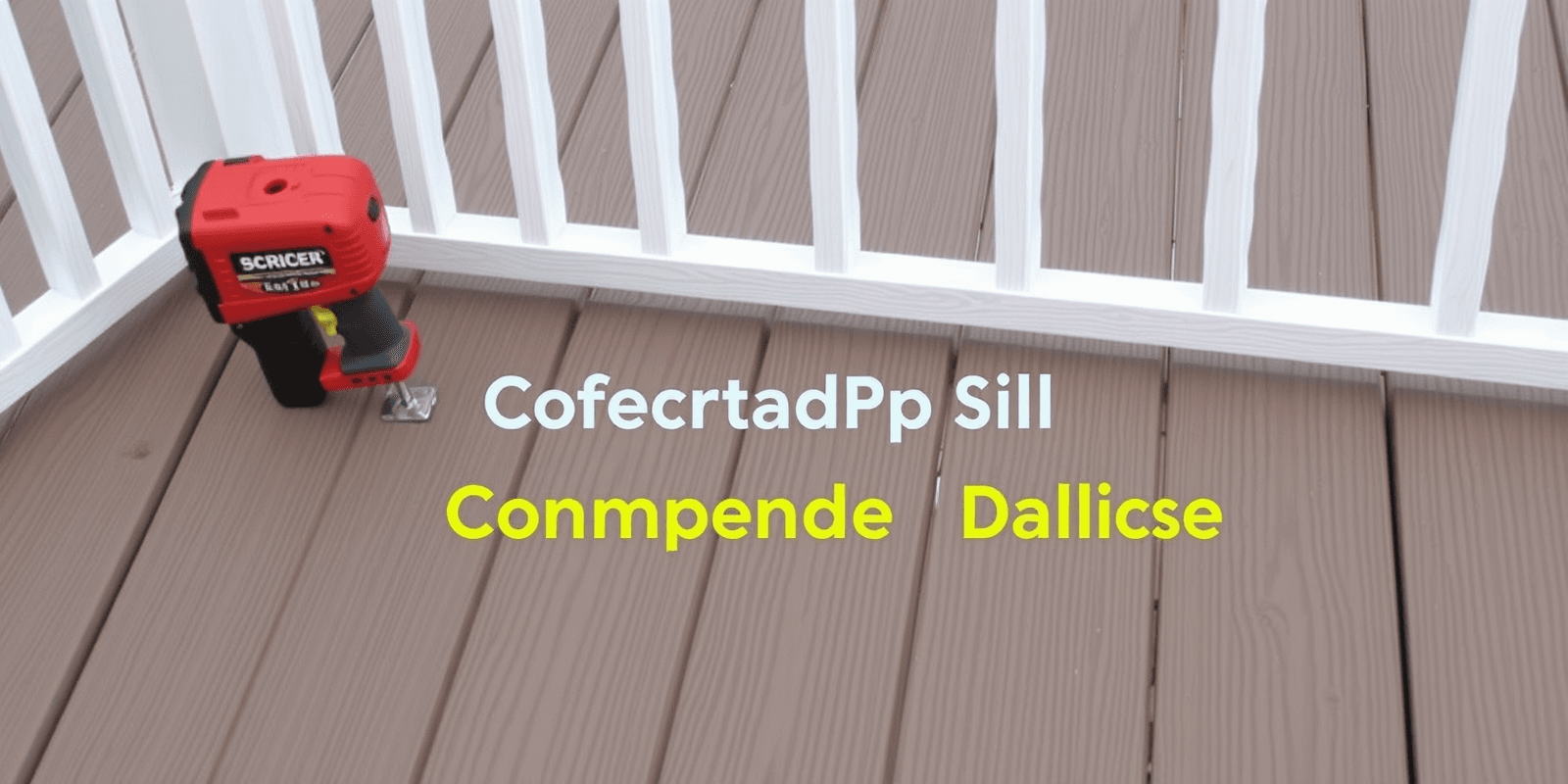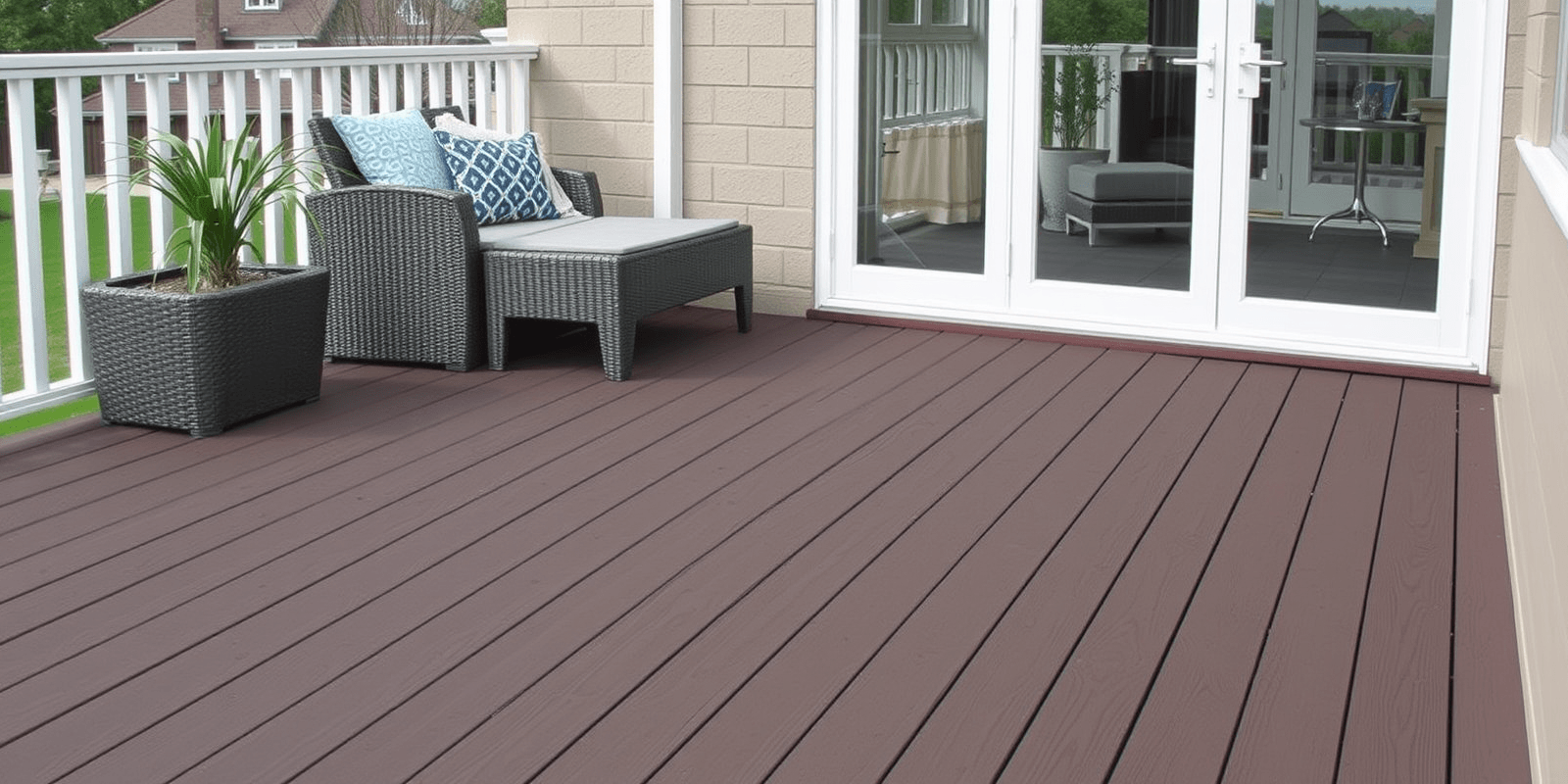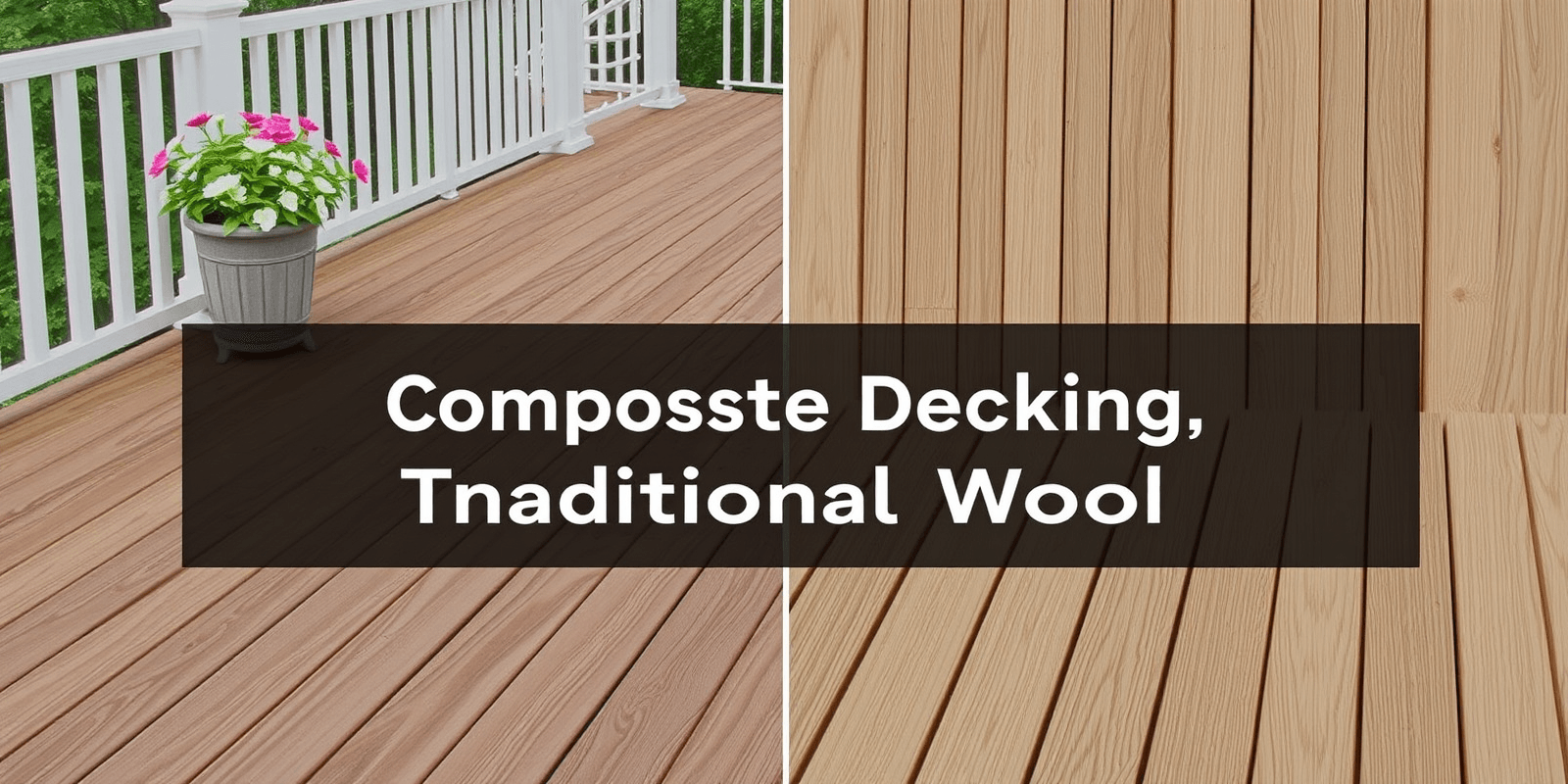The Feasibility of Brad Nailing Composite Decking
Introduction to Composite Decking
Composite decking has become increasingly popular over the years due to its durability, low maintenance requirements, and environmental benefits. Unlike traditional wood decks, composite decking is made from a mixture of wood fibers and plastic, providing a long-lasting alternative that resists rot, insects, and moisture. However, when it comes to installing this type of decking, one often wonders about the suitability of different fastening methods, such as brad nailing. This article delves into the feasibility of using brad nails in composite decking projects, discussing installation processes, potential impacts on longevity, and aesthetic considerations.
Installation Process with Brad Nails
Brad nailing is a common method used in woodworking for attaching trim pieces or small boards. The process involves using a pneumatic brad nailer to drive small, thin nails (brads) into the material. When considering brad nailing for composite decking, it’s essential to understand the differences between composite materials and traditional wood. Composite decking requires a more nuanced approach due to its composition and properties.
According to the experts at The Family Handyman, using brad nails can be feasible but requires careful consideration. The key is to ensure that the brads are driven at the right angle and depth to avoid splitting the composite material. Additionally, pre-drilling holes before driving the brads can help prevent damage and ensure a secure fit.
Impact on Longevity
One of the primary concerns when choosing a fastening method for composite decking is how it will affect the overall lifespan of the deck. Traditional screws are often recommended because they provide better holding power and reduce the risk of the composite material splitting. However, brad nailing can also be effective if done correctly.
A study by Decks.com suggests that while brad nails can work well for some applications, they may not be the best choice for high-stress areas like corners or edges. These areas require more robust fastening methods to withstand the constant wear and tear. For the majority of the deck, however, brad nailing can offer a practical solution, provided the installation technique is sound.
Aesthetic Considerations
Another critical factor in choosing a fastening method is aesthetics. Composite decking is often chosen for its attractive appearance, which mimics the look of natural wood. Therefore, any fastening method should complement rather than detract from the overall look of the deck.
Using brad nails can create a cleaner look compared to exposed screws, especially if the deck boards are spaced close together. However, it’s important to ensure that the brad nails are driven flush with the surface to maintain a smooth finish. Additionally, regular maintenance checks should be conducted to ensure no nails have popped out over time, which could compromise both the safety and the appearance of the deck.
Conclusion
In conclusion, brad nailing composite decking can be a viable option, but it requires careful consideration of the installation process, the impact on longevity, and aesthetic outcomes. While it offers a cleaner look and can be effective in certain scenarios, it’s crucial to follow best practices and consider alternative methods for high-stress areas. By doing so, homeowners can enjoy a beautiful, durable composite deck that meets their needs and enhances their outdoor living space.



